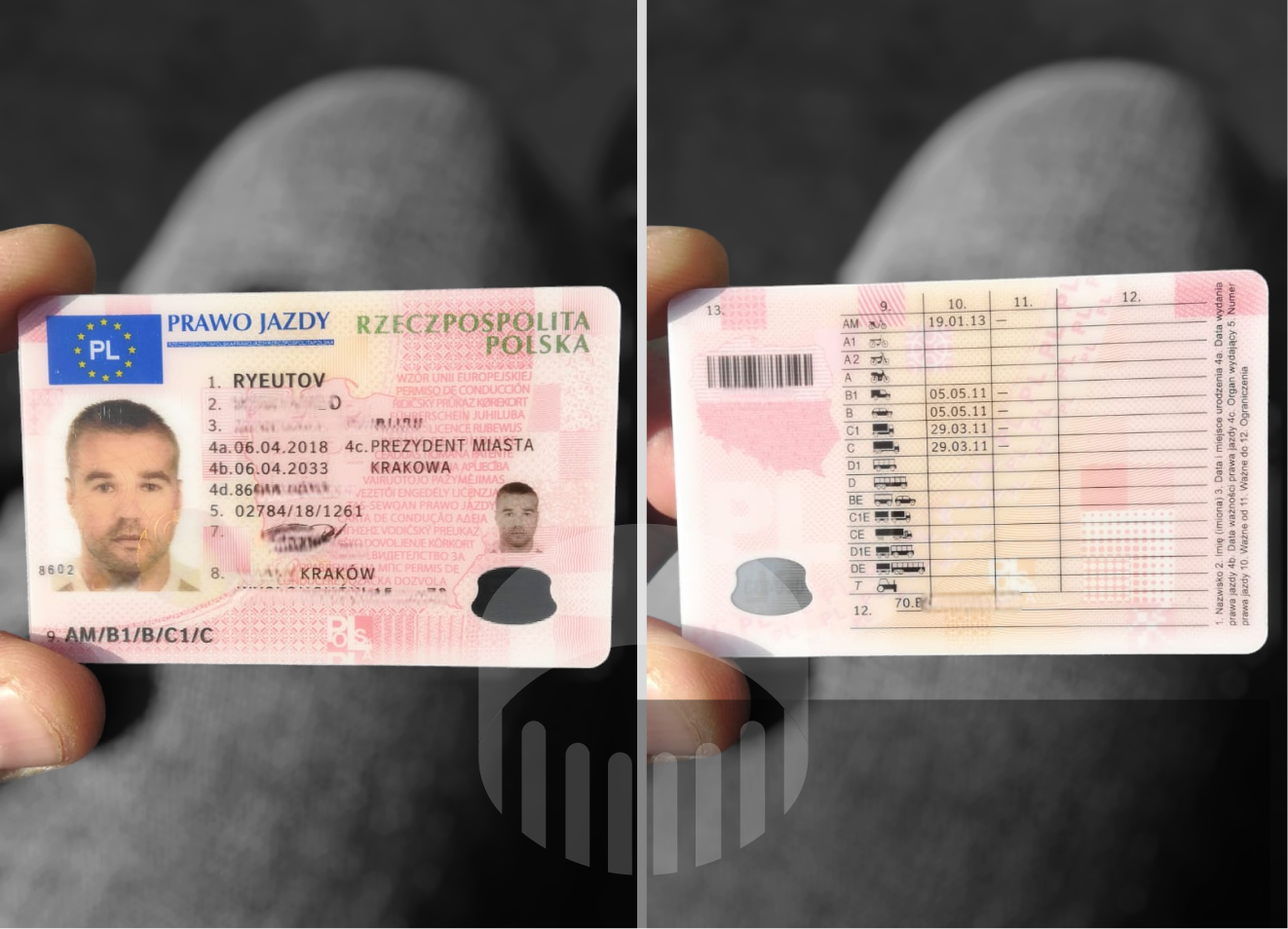How to Obtain a Category B Driving License: A Comprehensive Guide
A Category B driving license is among the most popular driving allows in numerous nations, permitting individuals to operate standard passenger lorries weighing up to 3,500 kgs (approximately 7,700 pounds) with approximately eight guest seats. This post supplies a detailed, detailed overview of the procedure to obtain a Category B driving license, consisting of requirements, application steps, and useful suggestions for aspiring chauffeurs.
Comprehending the Category B License
Before diving into the actions to acquire a Category B driving license, it is important to understand what this license entails. Category B vehicles typically consist of:
- Sedans
- Hatchbacks
- Vans (up to the stipulated weight)
- SUVs
- Little pickup
In most regions, a Category B license does not allow the motorist to operate bigger vehicles such as buses or trucks, which fall under different license classifications. This constraint is necessary for individuals intending to drive commercial lorries.
Requirements for a Category B Driving License
The requirements to get a Category B driving license may differ slightly depending on the country or area. However, there are common prerequisites that most hopeful drivers will come across:
- Age Requirement: Applicants usually should be at least 17 years old. Some nations allow people as young as 16 to obtain a provisionary license, but they need to wait until they are 17 to drive separately.
- Medical Fitness: A medical evaluation may be needed to ensure that the applicant is healthy to drive. Certain conditions may disqualify a specific from getting a license.
- Recognition and Residency: Drivers should supply legitimate identification, such as a birth certificate or passport, and proof of house.
- Provisionary License: In many jurisdictions, aiming motorists should first apply for a provisionary or learner's license. This allows them to practice driving under specific limitations.
- Theory Test: A composed evaluation that assesses the candidate's knowledge of roadway signs, traffic guidelines, and safe driving practices.
- Practical Driving Test: A hands-on assessment where the candidate demonstrates their driving abilities under different conditions.
Step-by-Step Process to Get a Category B Driving License
While the specifics can differ by area, the general procedure for acquiring a Category B driving license consists of the following actions:
- Research Local Requirements: Before starting the process, people must check the particular requirements and treatments in their region through the local Department of Motor Vehicles (DMV) or equivalent authority.
- Obtain a Provisional License: Most hopeful chauffeurs start by getting a provisionary license. This typically includes completing an application and paying a charge.
Prepare for the Theory Test:
- Study the main driving manual supplied by the licensing authority.
- Usage online resources, practice tests, and quizzes to enhance knowledge.
- Attend theoretical lessons if readily available.
- Take the Theory Test: Schedule and take the theory test at an approved testing center. A passing rating is required to continue to the next action.
Gain Practical Driving Experience: After acquiring a provisionary license, individuals can start practicing their driving abilities, normally under guidance from a certified chauffeur. Key abilities to develop include:
- Maneuvering and parking
- Navigating different road types
- Adhering to traffic signals and signs
- Comprehending vehicle controls and upkeep
Book the Practical Driving Test: Once the individual feels great in their driving abilities, they can book a useful driving test. Ensure that:
- The automobile utilized for the test is in excellent condition.
- The private brings all required documents, consisting of the provisionary license.
- Take the Practical Driving Test: During the test, an inspector will assess the chauffeur's maneuvering abilities, ability to follow road rules, and total security consciousness.
- Get Your License: If the private passes both tests, they will be provided a complete Category B driving license. If not, they may need to wait a specified duration before retaking the dry run.
Tips for Success
- Practice Regularly: The more experience the student chauffeur has, the more comfy they will end up being behind the wheel.
- Take Lessons with an Instructor: Professional driving lessons can provide customized guidance and aid strengthen safe driving routines.
- Stay Informed: Changes in driving laws and policies can happen, so it's essential to stay updated.
Regularly Asked Questions (FAQs)
1. How long does it require to get a Category B driving license?
The duration varies depending on how rapidly a specific prepares for the theory and dry runs. Usually, it might take a number of weeks to a few months.
2. Can I drive with a provisional license alone?
This depends upon local policies. In lots of regions, a number of limitations use to provisionary license holders, including the requirement of a qualified chauffeur accompanying them.
3. What happens if I fail the driving test?
If you fail your driving test, you might need to await a given period before retaking it. sklep z prawem jazdy Karta Xpress Poland might also require you to take additional lessons before trying the test once again.
4. Are there any extra charges related to getting a license?
Yes, individuals should prepare for numerous charges, consisting of application charges, theory test charges, dry run costs, and possibly costs for driving lessons.
The journey to getting a Category B driving license is a crucial milestone that opens a world of movement and independence. By understanding the requirements and following the laid out steps, aiming chauffeurs can navigate this procedure with confidence and ultimately delight in the privilege of driving safely and lawfully. Similar to any undertaking, preparation, practice, and attention to detail are crucial elements contributing to effective licensure.

